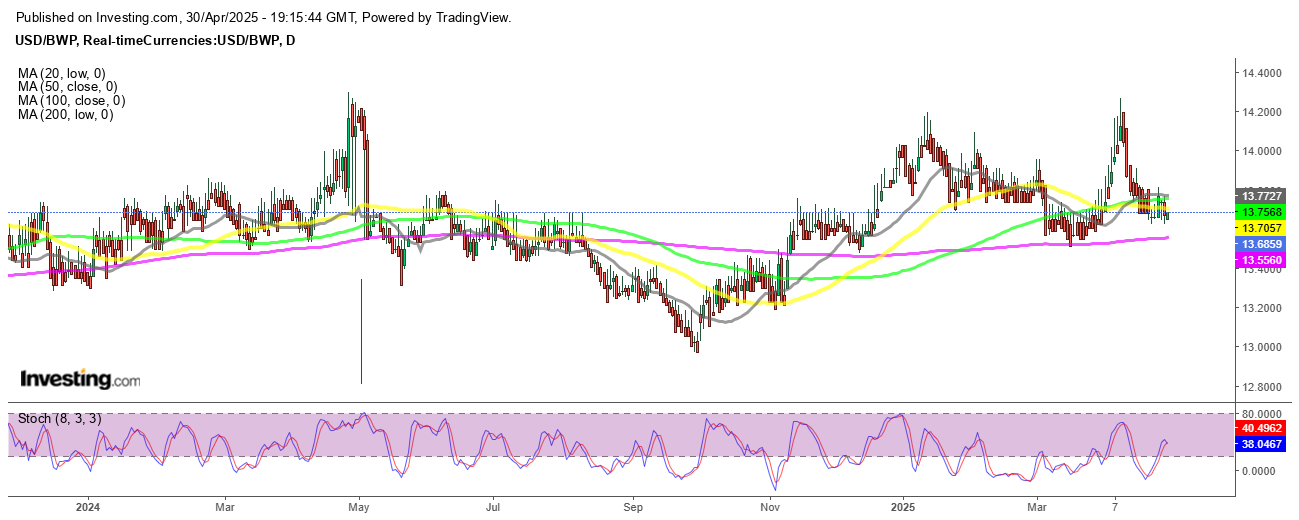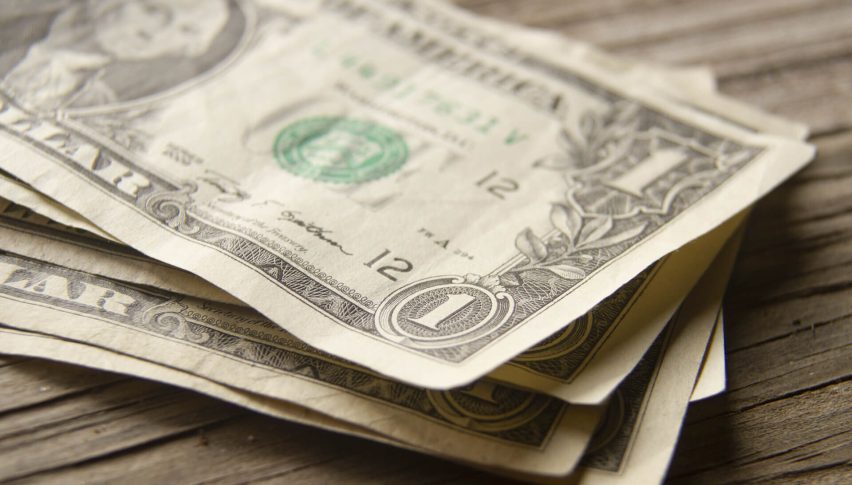Botswana Pula Slides as BWP/USD Tests Resistance Above P14, Export Optimism Rises
Botswana’s currency remains under pressure against the US dollar but shows resilience against the South African rand, reflecting a mix of...

Quick overview
- The Botswana Pula has depreciated over 300% against the US dollar since the mid-2000s, reflecting both local economic challenges and global dollar strength.
- Despite its decline against the USD, the Pula has shown resilience against the South African rand, benefiting from Botswana's stable monetary policy.
- The depreciation of the Pula could boost demand for Botswana's diamond exports and tourism, as a weaker currency makes these sectors more attractive to US buyers.
- The future of the Pula will largely depend on global monetary conditions and US trade policies, while its current state may enhance competitiveness in key export industries.
Botswana’s currency remains under pressure against the US dollar but shows resilience against the South African rand, reflecting a mix of global and regional economic drivers.
A History of Decline Against the USD
The Botswana Pula (BWP) has been in a long-term downtrend against the US dollar since the mid-2000s. Back then, the USD/BWP exchange rate hovered around 4. Fast forward to today, the pair is trading well above 13, marking a cumulative depreciation of over 300% for the Pula. This steep weakening reflects both structural challenges in Botswana’s economy and the broader global strength of the US dollar, particularly during periods of risk aversion.
USD/BWP Chart Monthly – Undeniable Bull Trend
In April of the previous year, the Pula hit an all-time low against the USD, a move intensified by the relative weakness of the South African rand, to which it is often closely linked due to regional trade ties.
Recent Recovery and Technical Support
Despite the long-term decline, technical support has formed around the 13.00 level. Following a temporary surge above 14.27 in early April, largely driven by US dollar strength, the USD/BWP pair has since fallen back into the 13.60s. This drop followed the announcement—then delay—of new US trade tariffs, which created a window for recovery in emerging market currencies.
USD vs Botswana Pula Chart Daily – Retreating From Resistance Above $1.14
A similar pattern was observed in October last year when the pair briefly tested below the 13 mark before bouncing back, suggesting a well-established support zone in that range. These repeated defenses of the 13.00 level have prevented further breakdowns, while the pair remains susceptible to swings in US trade policy and risk sentiment.
Pula Gains on Weak South African Rand
While the Pula has weakened against the USD, it has maintained strength against the South African rand (ZAR). Over recent months, the BWP/ZAR exchange rate has either held steady or appreciated slightly, reflecting Botswana’s relatively stable monetary policy compared to the economic and fiscal concerns dogging South Africa.
This divergence provides some relief for Botswana’s regional purchasing power, though the broader challenge of imported inflation remains due to the strong US dollar.
Impact on Botswana’s Key Sectors
The exchange rate shift carries implications for key sectors of Botswana’s economy, especially its vital diamond exports and tourism.
According to the Bank of Botswana, the depreciation of the Pula against the USD could prove beneficial for diamond sales, as over half of Botswana’s diamond exports are purchased by the United States. A weaker Pula makes these diamonds cheaper in USD terms, potentially boosting demand in the US market.
Bank of Botswana Governor Cornelius Dekop, addressing the press recently, acknowledged this dynamic. Commenting on the potential economic effects of former President Trump’s market policies and rhetoric, he noted: “If that occurs, it will benefit us by increasing demand for goods like diamonds, which will boost or increase our earnings.”
Tourism, another major earner, could also benefit. The stronger dollar makes Botswana’s luxury safari camps and lodges—particularly in the Okavango Delta—more attractive to US visitors, providing a boost to foreign arrivals and revenue in the sector.
Conclusion / Extract
The Botswana Pula’s continued slide against the US dollar highlights the country’s vulnerability to global financial trends, yet also opens windows of opportunity for key export sectors like diamonds and tourism. While the Pula shows some technical resilience, especially against the South African rand, its future trajectory will depend heavily on global monetary conditions, US trade policies, and domestic fiscal discipline. For now, a cheaper Pula may help Botswana’s economy regain footing through improved competitiveness in its core export industries.
- Check out our free forex signals
- Follow the top economic events on FX Leaders economic calendar
- Trade better, discover more Forex Trading Strategies
- Open a FREE Trading Account





